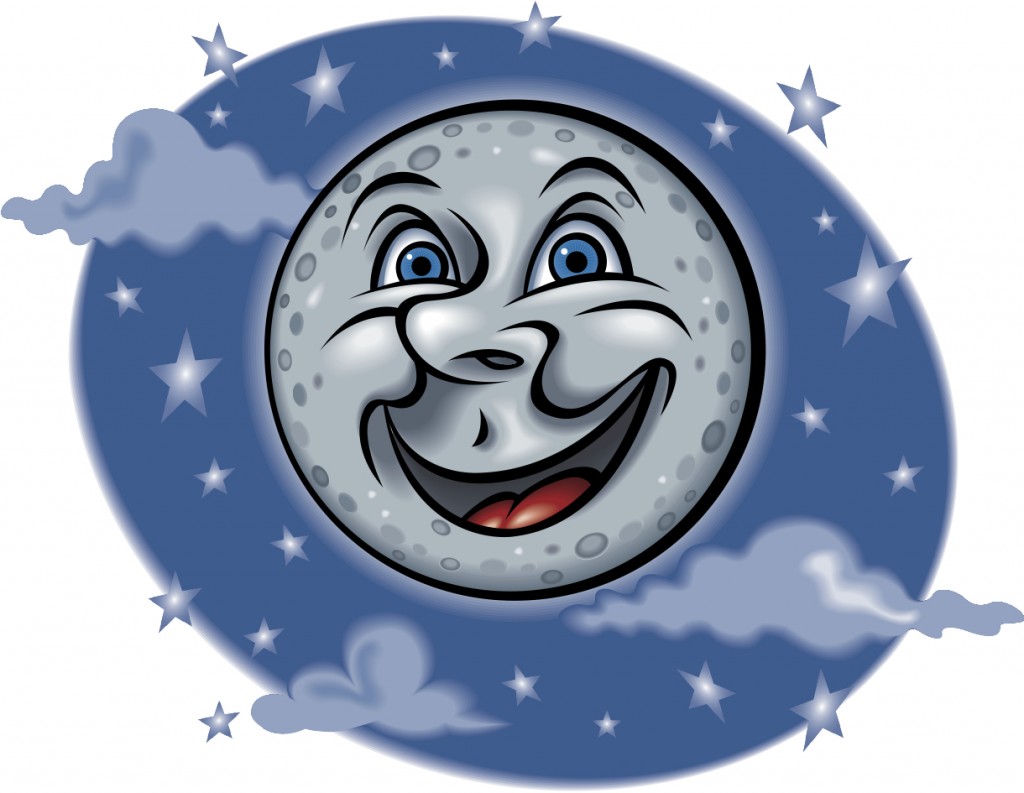Your Night Sky for Sept. 11, 2019

The full moon is coming up on Sept. 14, and this is the “Harvest Moon” so farmers can stay out all night and harvest their crops. This full moon is also a micro-moon or mini-moon which means that it’s the smallest full moon of the year. That’s due to the fact that it’s farthest away in its orbit of Earth. It will actually look full for three nights starting on Sept. 12.
Beginning on the morning of Sept. 15, the moon will be visible in the morning when the Sun rises. It rises an hour later each night and stays out longer making it visible in the morning. If the Sun wasn’t so bright the moon would be visible during the day. So after the 15th we can start evening sky viewing again.
This is a good time to look for Polaris the North Star. It’s a white star that is about 433 LY from us meaning the light we see left the star 433 light years ago. Although it’s only the 50th brightest star that we can see, it’s special because Earth’s North Pole points almost directly at it. So as Earth rotates, the North Star doesn’t move.
Its height in the sky is equal to our latitude on Earth, so from here it will be about 37.4 degrees high. It’s part of the constellation Ursa Minor which holds the Little Dipper and marks its tail. The two outer stars of the Big Dipper’s bowl point to Polaris. Stars circle Polaris from the right to left going counter clockwise, the galaxies Cassiopeia and Ursa Major are two of this grouping. It takes them almost 24 hours to make a full rotation.
Another interesting fact about Polaris is that it’s the closest Cepheid Variable star. These are stars that experience fluctuations in their brightness. They are a special kind of star that is hot and massive. They have 5-20 times as much mass as our Sun. They pulsate radically and vary in diameter and temperature that range in predictable time periods. These events go from one to 100 days.
The name comes from Delta Cephei, a variable star in the Cepheus constellation that was the first to be identified. There are two classifications: Classical Cepheids and Type II Cepheids.
Classicals are metal-rich stars that are 4-20 times more massive than our Sun and up to 100,000 times more luminous. Type II’s are metal poor and pulsate between one and 50 days. They’re older stars that have half the mass of our Sun. They are used to establish the distance to our galactic center, globular clusters, and neighboring galaxies. There are a few that don’t fit into either category.
So when you find Polaris look at it every night for a few days and see if you can observe its change of brightness. This star is also a triple star system, but the other two stars



